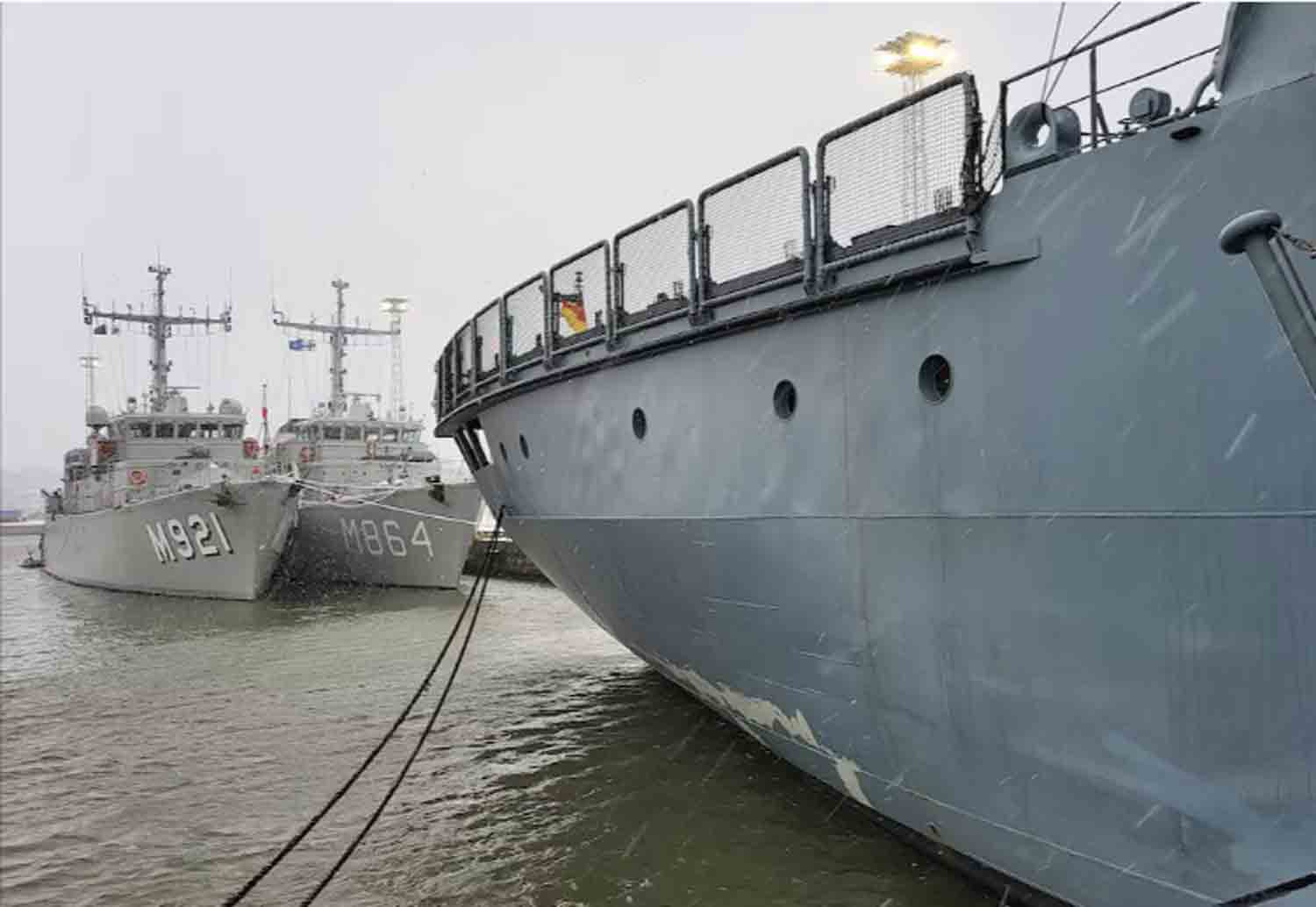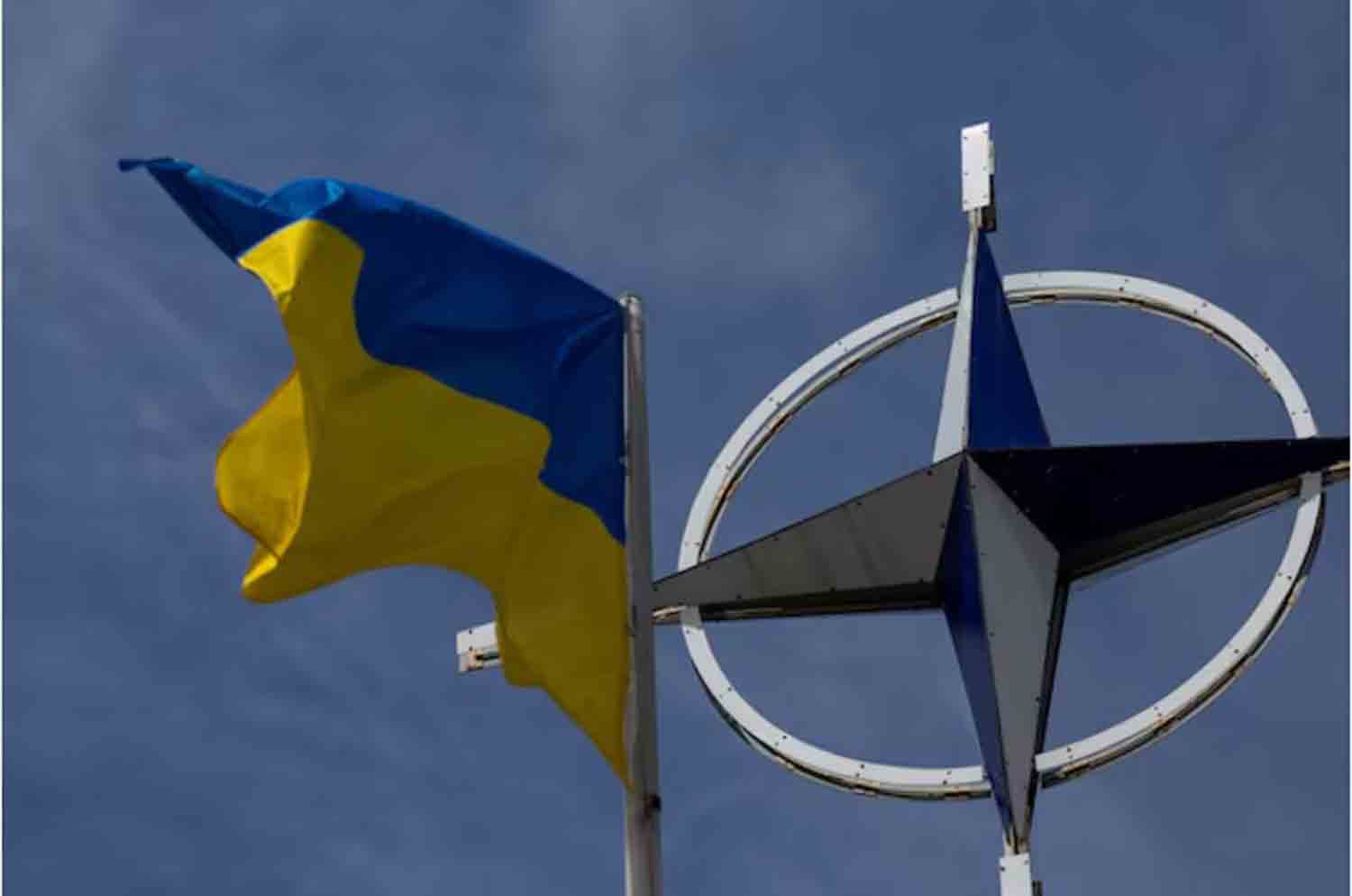On November 18, shortly after two communication cables were cut in the Baltic Sea, 30 NATO vessels and 4,000 military personnel commenced operations in the same region for one of the largest naval exercises in northern Europe.
The 12-day exercise, named ‘Freezing Winds,’ is part of an initiative to enhance the transatlantic defense alliance’s safeguarding of infrastructure in waters that account for 15% of global shipping traffic and are increasingly perceived as susceptible to threats.
The Baltic Sea is flanked by eight NATO nations and Russia. Since 2022, following Russia’s invasion of Ukraine, there have been at least three incidents suggesting sabotage of the approximately 40 telecommunication cables and vital gas pipelines that traverse its relatively shallow seabed.
“NATO is increasing patrols, and allies are investing in innovative technologies to better secure these assets,” stated Commander Arlo Abrahamson, a representative for NATO’s Allied Maritime Command.
However, the simplicity with which a ship’s anchor can sever a cable, combined with the often hazardous sea conditions, renders the prevention of such attacks nearly unfeasible.
On the third day of the exercise, German Navy commander Beata Król attempted to deploy an underwater drone from her de-mining vessel, the Weilheim, to survey the seabed amid a winter storm.
After a 30-minute delay in its launch, the drone became frozen and was rendered inoperable.
The batteries have cooled down, she remarked with a shrug while she awaited the equipment to heat up.
After years of detonating World War Two-era mines on the Baltic seabed, NATO is now adapting its six-vessel minehunting fleet to also monitor suspicious underwater activities. This includes utilizing hull-mounted sonar to scan the seabed, deploying drones for underwater photography and video, and having specialized divers available.
However, its capabilities remain constrained. “We are a defensive alliance, so by conducting training and exercises in areas critical to underwater infrastructure, we demonstrate our presence and focus on prevention rather than active engagement,” Król stated.
IDENTIFYING CAUSES OF CABLE DAMAGE IS CHALLENGING
Security sources indicate that the Chinese bulk carrier Yi Peng 3, which departed from the Russian port of Ust-Luga on November 15, is believed to have severed two undersea cables in Swedish economic waters between November 17 and 18 by dragging its anchor along the seabed. As of Monday, the vessel was stationary in Danish economic waters, under surveillance by NATO naval ships, and had been urged by Sweden to return for investigation. Some politicians have alleged sabotage, but no authorities have provided evidence of intentional wrongdoing.
China has expressed its willingness to assist in the investigation, while its ally Russia has denied any involvement in the incidents affecting Baltic infrastructure. This situation mirrors an event from last year when the Chinese vessel NewNew Polar Bear damaged two cables connecting Estonia to Finland and Sweden, as well as an Estonia-Finland gas pipeline. China had similarly promised to help, yet the ship was not detained, and a year later, Finnish and Estonian investigators have yet to reach any conclusions.
Damage to cables is a longstanding issue, with approximately 150 incidents reported annually worldwide, as noted by the International Cable Protection Committee based in the UK. The telecom cables, power lines, and gas pipelines in the shallow waters of the Baltic Sea are especially susceptible due to heavy maritime traffic, according to TeleGeography, a telecom research firm based in the U.S.
Should any recent incidents be confirmed as acts of sabotage by a foreign nation, it would signify a resurgence of a form of warfare that has not been witnessed in decades. “To find a state-sponsored sabotage of a submarine cable, you would have to look back to World War One or the Spanish-American War,” remarked Paul Brodsky, a senior researcher at TeleGeography.
In response to this emerging threat, NATO established its Maritime Centre for Security of Critical Undersea Infrastructure (CUI) in London in May. The center aims to map critical infrastructure in NATO-controlled waters and pinpoint vulnerabilities. Additionally, a multinational naval headquarters was inaugurated in October in Rostock, located on Germany’s Baltic coast, to safeguard the interests of NATO members at sea.
Commander Pal Bratbak, the Branch Head of CUI, emphasized the increasing influence of technology, stating, “What I think we can achieve is to place the responsibility after an incident,” while aboard the Weilheim. NATO’s Centre for Maritime Research and Experimentation in Italy is set to introduce software that integrates private and military data, utilizing information from hydrophones, radars, satellites, vessels’ Automatic Identification System (AIS), and fibers with Distributed Acoustic Sensing (DAS), which telecom companies employ to detect cable damage.
“If we have a comprehensive understanding of the situation, we can deploy units to verify the information provided by the system,” Bratbak added. German Lieutenant-General Hans-Werner Wiermann, who previously led an undersea infrastructure coordination cell at NATO Headquarters until March, noted that it is impossible to guard every pipeline or cable at all times.
The appropriate reaction to these hybrid attacks is to enhance resilience, he stated, noting that companies are currently installing cables to create “redundancies”—alternative pathways that ensure essential infrastructure remains operational even if one cable is severed. Meanwhile, aboard the Weilheim, Król’s second drone has successfully navigated the storm to proceed with the underwater inspection drill.
Discover more from Defence Talks | Defense News Hub, Military Updates, Security Insights
Subscribe to get the latest posts sent to your email.





